Hands on: Huawei MediaPad review
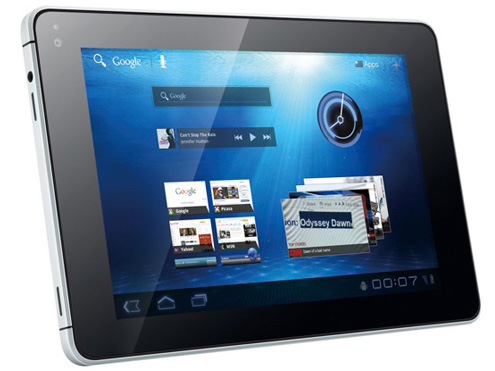
We spent some time checking out the HuaweiMediaPad, the Chinese manufacturer's new tablet, at a swanky London event this week.
It's a dinky little unit, measuring just 10.5mm at its thinnest point, and comes with a seven inch screen, joining the likes of the Samsung Galaxy Tab 7.7 and the BlackBerry Playbook at the more pocketable end of the tablet scale.
Huawei (pronounced Hu-wah-wey, if you're wondering) is claiming it's a 1080p screen, but it seems according to our digging that we're looking at a 1280 x 800 resolution offering.
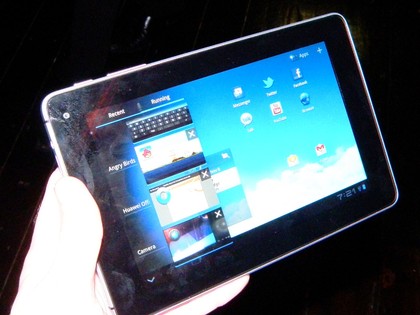
There's a 5MP camera on the rear of the device, and a 1.3MP camera on the front, with a dual-core 1.2GHz processor powering things along under the hood.
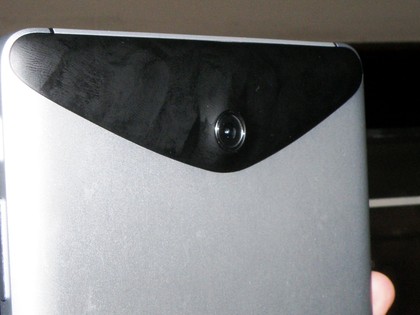
In reality, there's very little remarkable about the Huawei MediaPad, which is intriguing for a relatively unknown manufacturer that's looking to make waves in the ultra-competitive UK market.
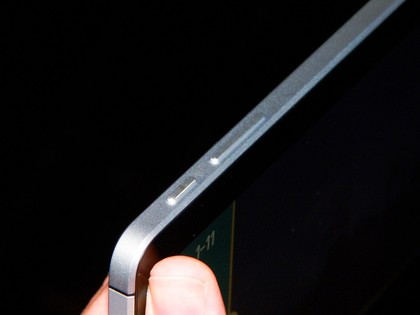
It's running stock Android Honeycomb, bringing nothing in the way of a unique selling point for a tablet. The only thing that really shows it's a Huawei device is the addition of Huawei Office, which allows compatibility with PDF, Word and Excel documents.
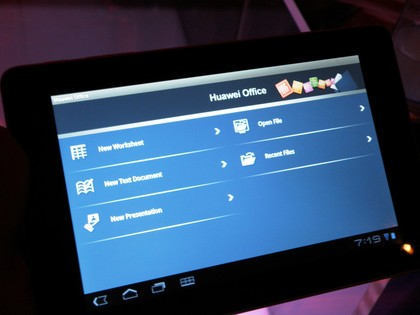
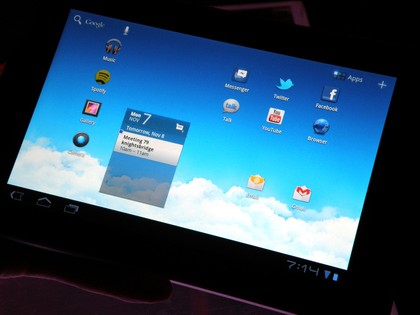
However, despite being a little unoriginal, there's nothing particularly wrong with the MediaPad. Internet speeds are swift enough over Wi-Fi. Loading up TechRadar was as fast as on a traditional smartphone, taking about 8-10 seconds to run through.
Sign up for breaking news, reviews, opinion, top tech deals, and more.
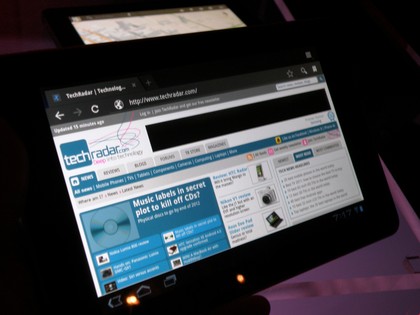
The camera was less impressive though, as the speed from shot to shot was abysmal, taking around five seconds to process the picture and be ready to snap again.
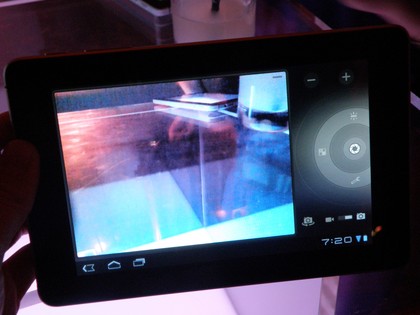
But the rest of the operation was slick enough - opening media was almost instant, and browsing through photos didn't yield much in the way of thumbnails taking their time to load.
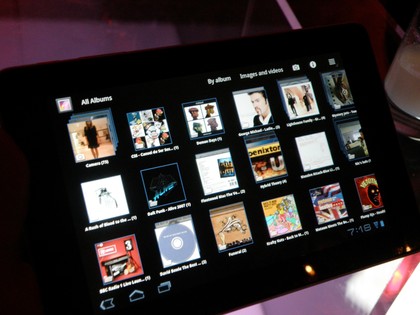
We were also impressed by the responsiveness of the keyboard, which opened up nicely and took in touches with aplomb, offering very little in the way of slowdown.
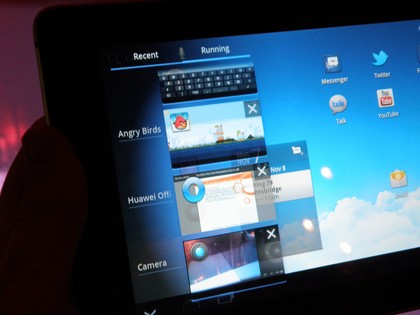
Something that did offer up a lot of slowdown is the multi-tasking window - it's not something we usually notice on tablets, but the MediaPad did have the added bonus of being able to shut down applications and show running apps as well, making it easier to manage your system resources.
Huawei MediaPad early verdict
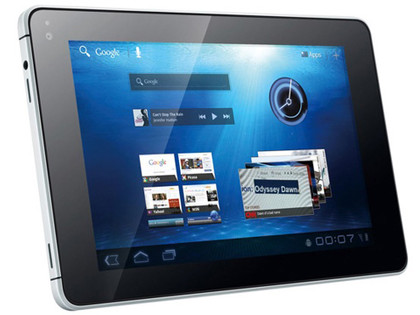
Overall though, we're not sure the Huawei MediaPad is going to set the UK tablet market alight. Well, it definitely won't, as at £275 not including VAT, it's not even cheaper than the Motorola Xoom, which has more storage (and a bigger screen, although some may see that as a negative.)
Add to that it's not a new tablet (announced in other territories back in June) and won't be here until Q1 2012 without Ice Cream Sandwich when other comparable tablets will be rocking the new OS, and you'd have to questions Huawei's strategy.
If this is a soft launch to simply get the name out there ahead of a more awesome tablet announcement, then we're excited to see what's coming next from a company with six billion dollars in revenue in 2011. If not, then you've got to wonder how the Chinese firm expects to make it big in the crowded UK market.

Gareth has been part of the consumer technology world in a career spanning three decades. He started life as a staff writer on the fledgling TechRadar, and has grew with the site (primarily as phones, tablets and wearables editor) until becoming Global Editor in Chief in 2018. Gareth has written over 4,000 articles for TechRadar, has contributed expert insight to a number of other publications, chaired panels on zeitgeist technologies, presented at the Gadget Show Live as well as representing the brand on TV and radio for multiple channels including Sky, BBC, ITV and Al-Jazeera. Passionate about fitness, he can bore anyone rigid about stress management, sleep tracking, heart rate variance as well as bemoaning something about the latest iPhone, Galaxy or OLED TV.